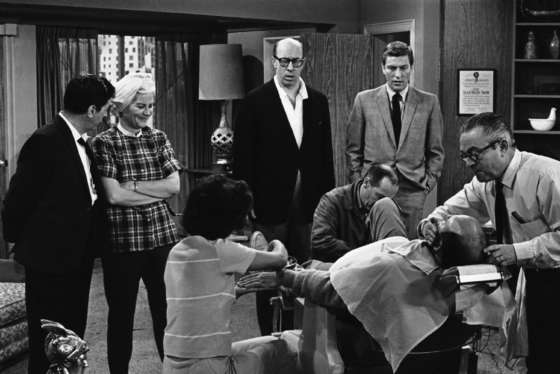WASHINGTON — Legendary director George Romero, who redefined modern horror with his 1968 film “Night of the Living Dead,” died Sunday at the age of 77.
According to a statement provided to the LA Times, Romero died in his sleep after a “brief but aggressive battle with lung cancer.”
His family said that he passed while listening to the score from one of his favorite films: John Ford’s 1952 romantic dramedy “The Quiet Man,” which starred John Wayne and Maureen O’Hara.
Romero is survived by his wife and three children.
Blockbuster flesh-eating zombie entertainment like “The Walking Dead” would not exist without monster-master Romero’s masterpiece “Night of the Living Dead” — which established the rules by which those creatures (mostly) still adhere to. Specifically that they shamble, not run, and seek human flesh, not brains.
In a 1985 interview, Romero likened his zombies to the Looney Tunes character Wile E. Coyote: They just keep coming to get you. They never stop.
“Night” provided scares, gore and biting social commentary, all trademarks of Romero’s work.
Famed film critic Roger Ebert described the 1979 follow-up “Dawn of the Dead” as “one of the best horror films ever made — and, as an inescapable result, one of the most horrifying. It is gruesome, sickening, disgusting, violent, brutal and appalling. It is also (excuse me for a second while I find my other list) brilliantly crafted, funny, droll, and savagely merciless in its satiric view of the American consumer society. Nobody ever said art had to be in good taste.”
The third in the series, 1985’s “Day of the Dead,” was not met with such praise. It was both a critical and commercial failure, which contributed to a lack of “Dead” flicks for the next 20 years.
But the original spawned a massive cult following. Other entries in the series include: “Land of the Dead” (2005), “Diary of the Dead” (2007) and “Survival of the Dead” (2009).
It also spawned countless imitators.
In 1999, the Library of Congress inducted the black-and-white masterpiece into the National Registry of Films.
Romero’s death was immediately felt across a wide spectrum of horror fans and filmmakers. Stephen King called him his favorite collaborator and said, “There will never be another like you.”
Guillermo del Toro said, “The loss is so enormous.”
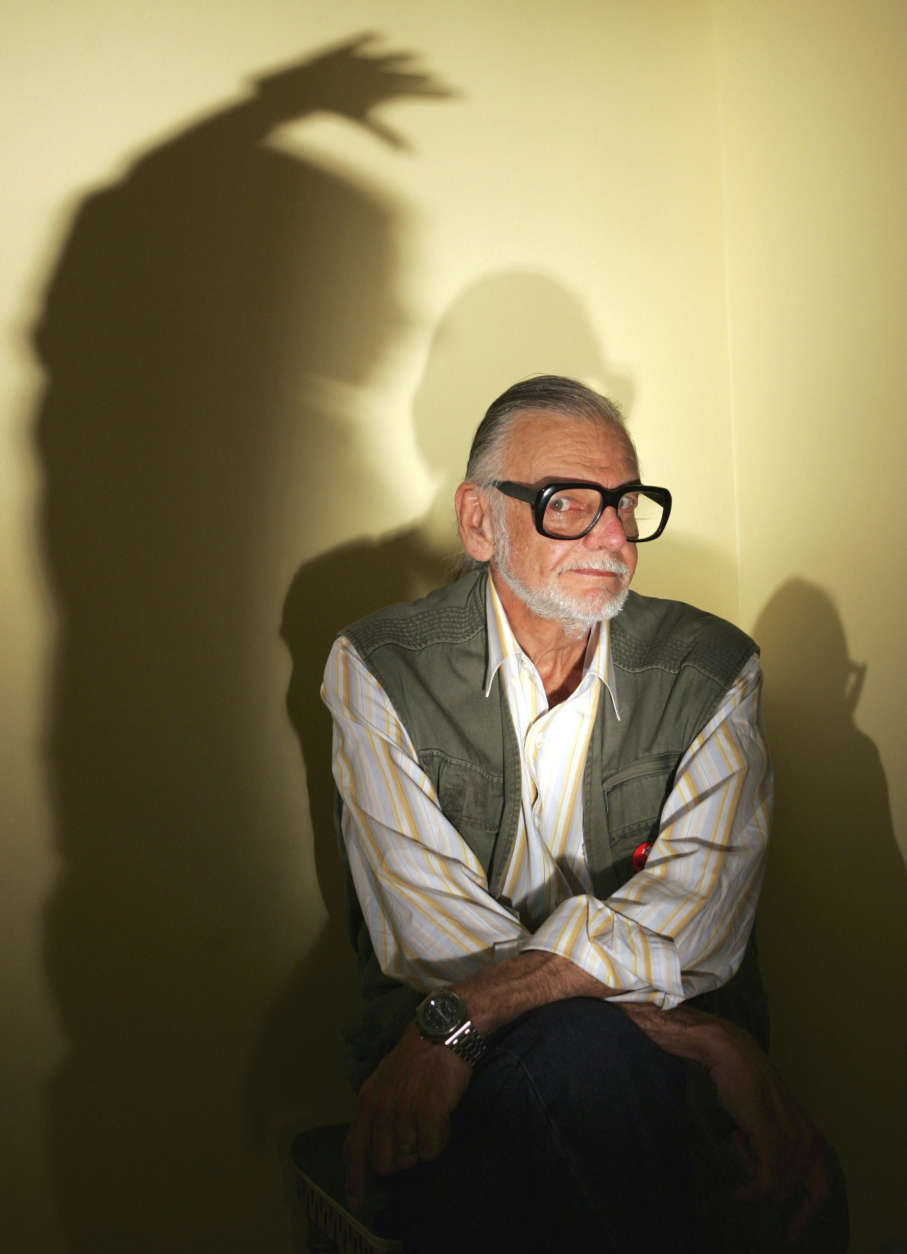
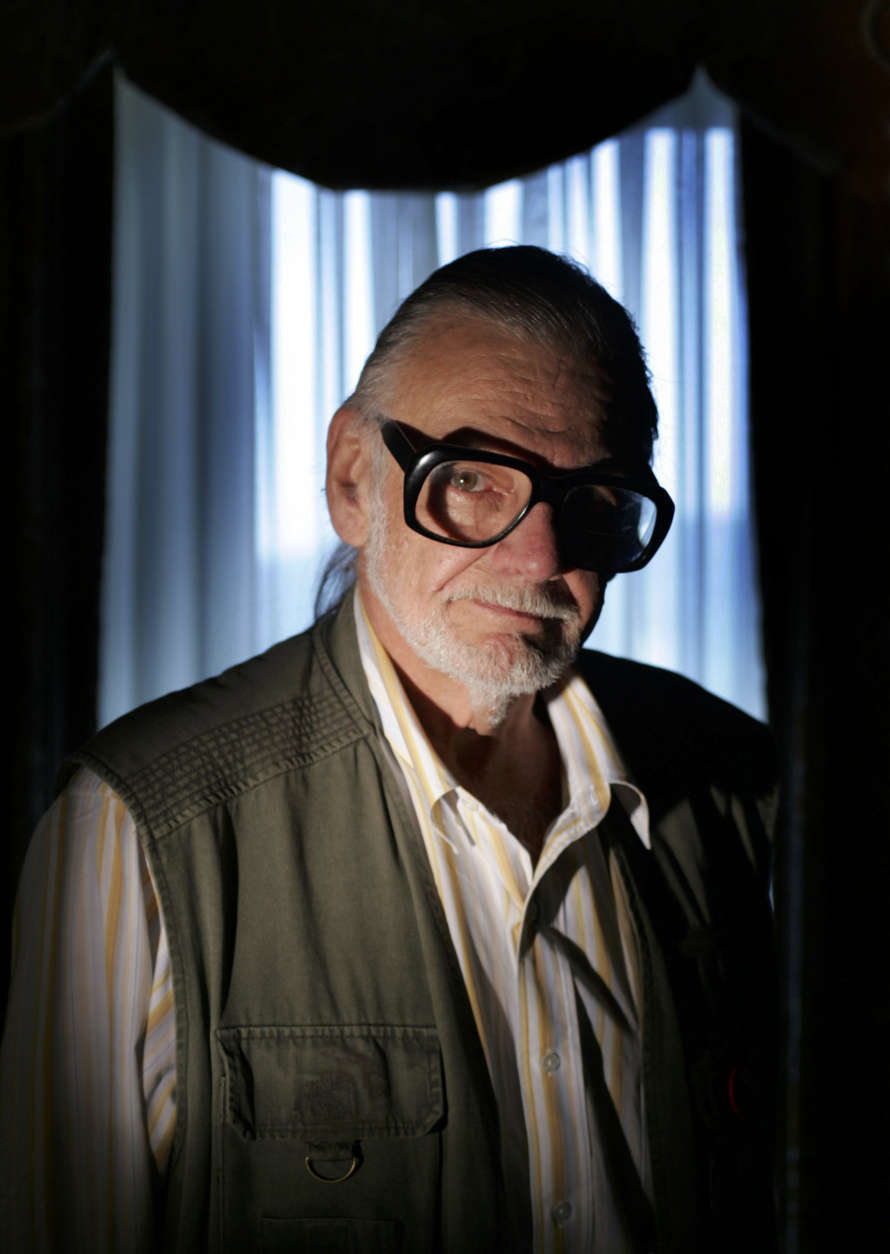
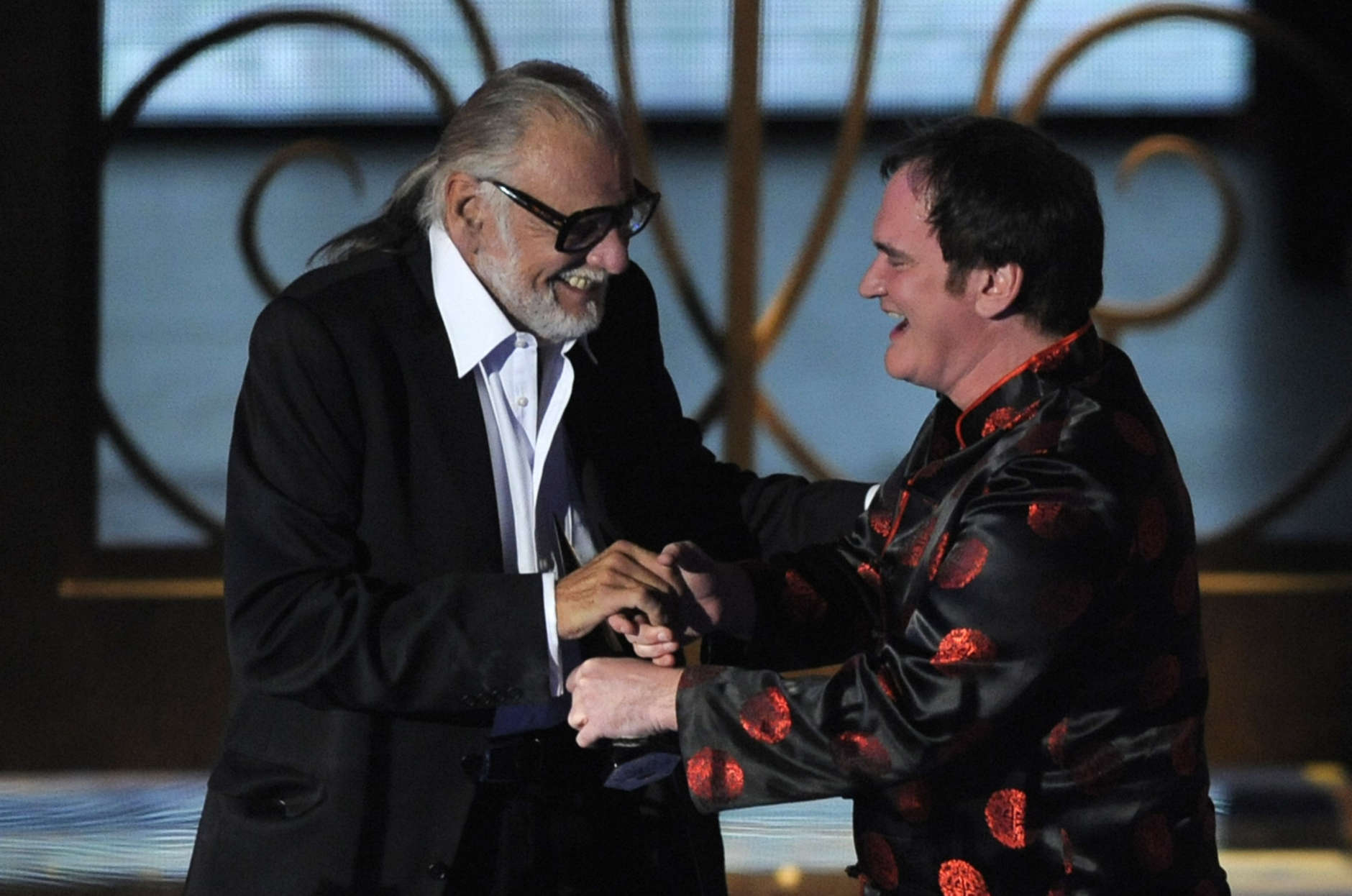
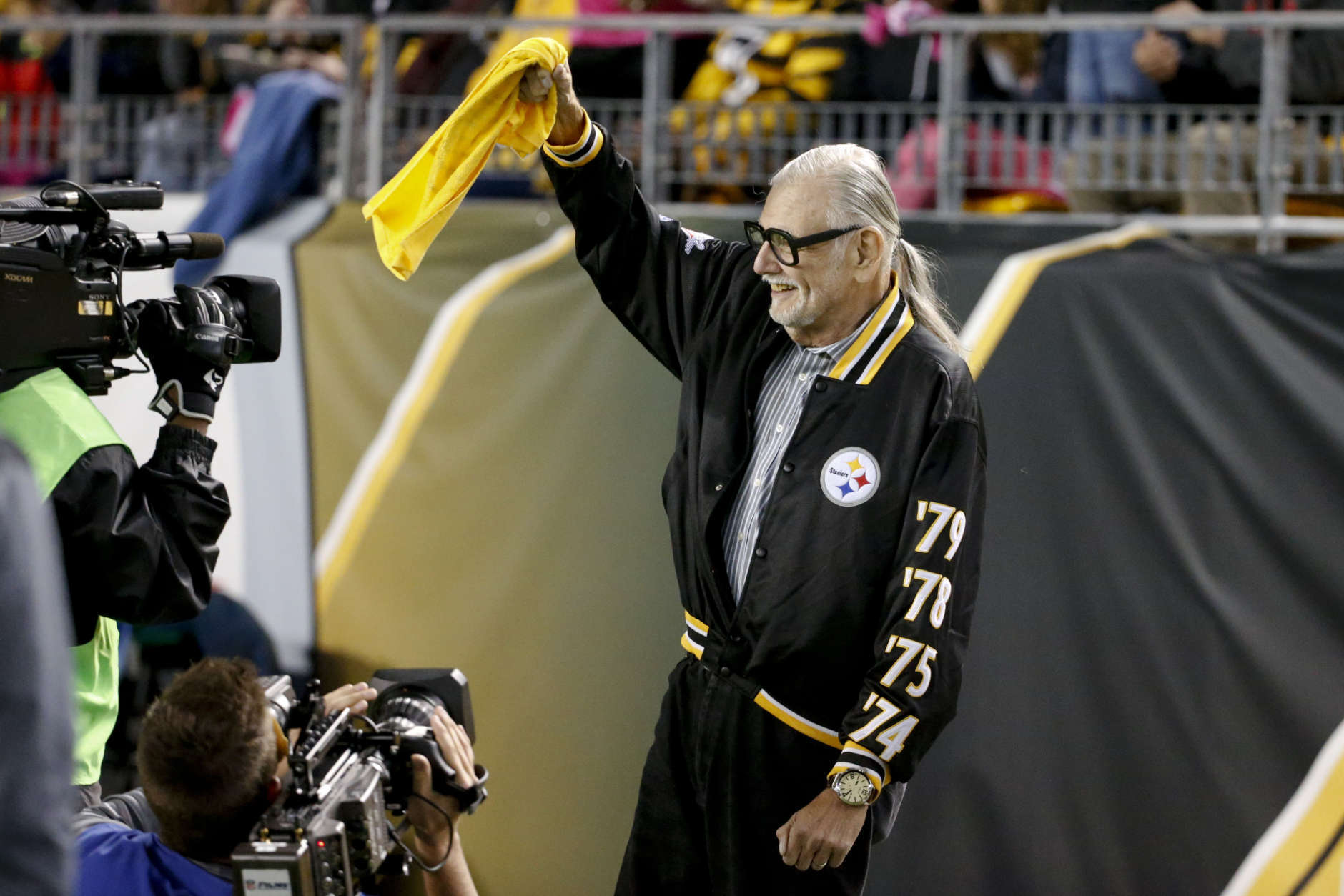
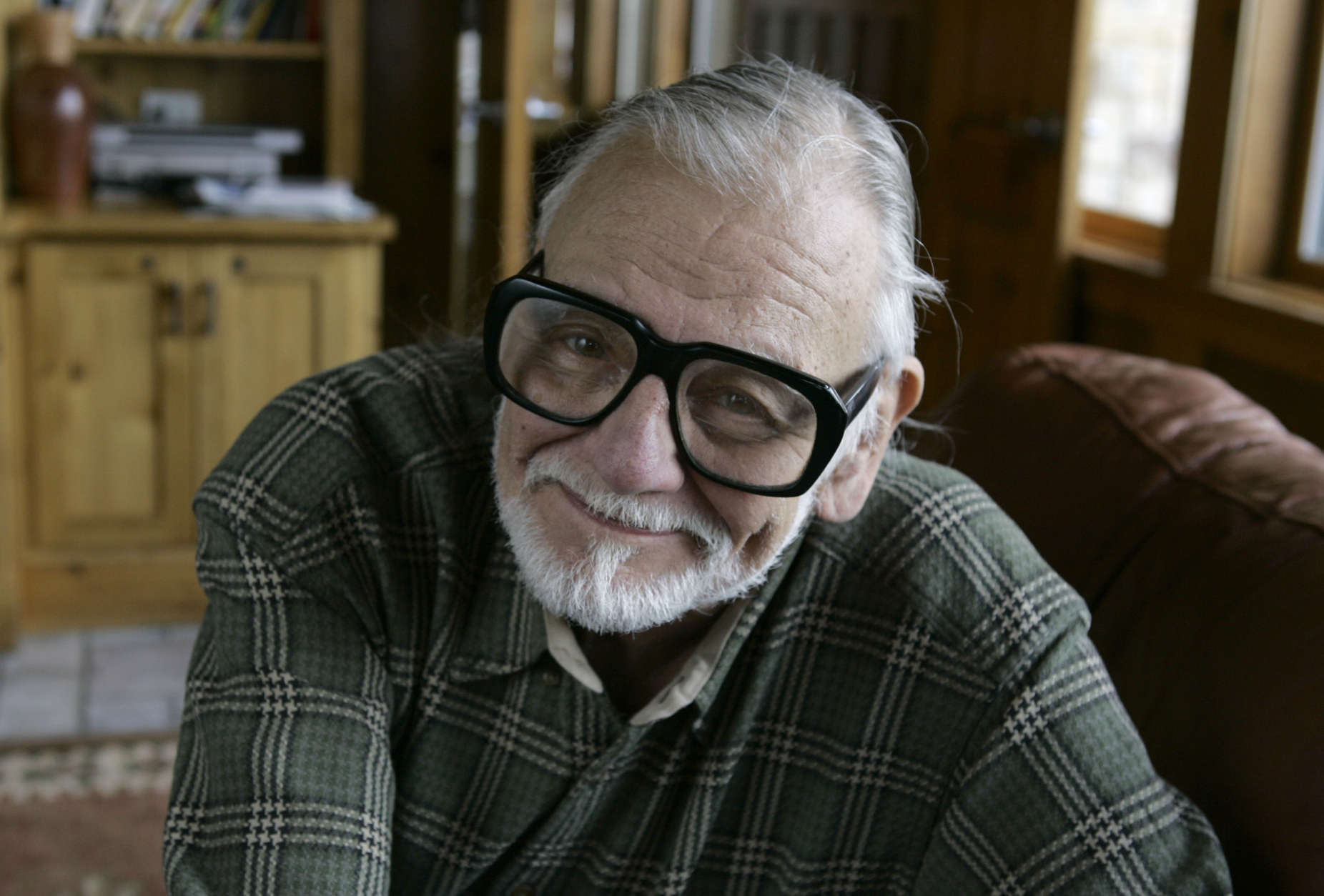
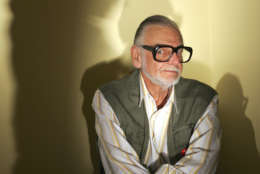
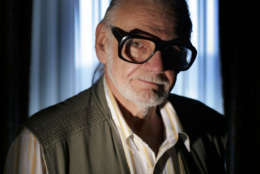
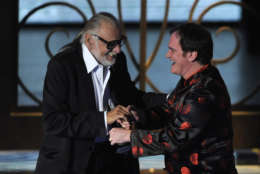
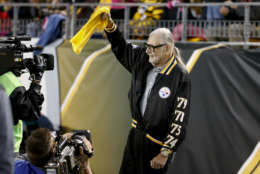
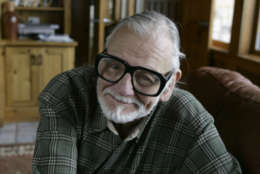
Romero’s influence could be seen across decades of American movies, from John Carpenter to Jordan Peele, the “Get Out” filmmaker. Many considered “Night of the Living Dead” to be a critique on racism in America. The sole black character survives the zombies, but he is fatally shot by rescuers. When Edgar Wright made 2004’s “Shaun of the Dead,” he acknowledged, “What we now think of as zombies are Romero zombies.”
Romero made plenty of non-zombie movies over the years as well, including “The Crazies'” (1973), “Martin” (1977), “Creepshow” (1982), “Monkey Shines” (1988) and “The Dark Half” (1993). There also was 1981’s “Knightriders,” Romero’s take on the Arthurian legend featuring motorcycling jousters.
Some were moderately successful, others box-office flops.
George Andrew Romero was born on Feb. 4, 1940, in New York City. He grew up in the Bronx, and he was a fan of horror comics and movies in the pre-VCR era.
“I grew up at the Loews American in the Bronx,” he wrote in an issue of the British Film Institute’s Sight and Sound magazine in 2002.
His favorite film was Michael Powell and Emeric Pressburger’s “The Tales of Hoffman,” based on Jacques Offenbach’s opera. It was, he once wrote, “the one movie that made me want to make movies.”
He spoke fondly of traveling to Manhattan to rent a 16mm version of the film from a distribution house. When the film was unavailable, Romero said, it was because another “kid” had rented it — Martin Scorsese.
Romero graduated from Carnegie Mellon University in Pittsburgh in 1960. He learned the movie business working on the sets of movies and “Mister Rogers’ Neighborhood,” which was shot in Pittsburgh.
The city became Romero’s home and many of his films were set in western Pennsylvania. “Dawn of the Dead” was filmed in suburban Monroeville Mall, which has since become a popular destination for his fans.
The Associated Press contributed to this report.

